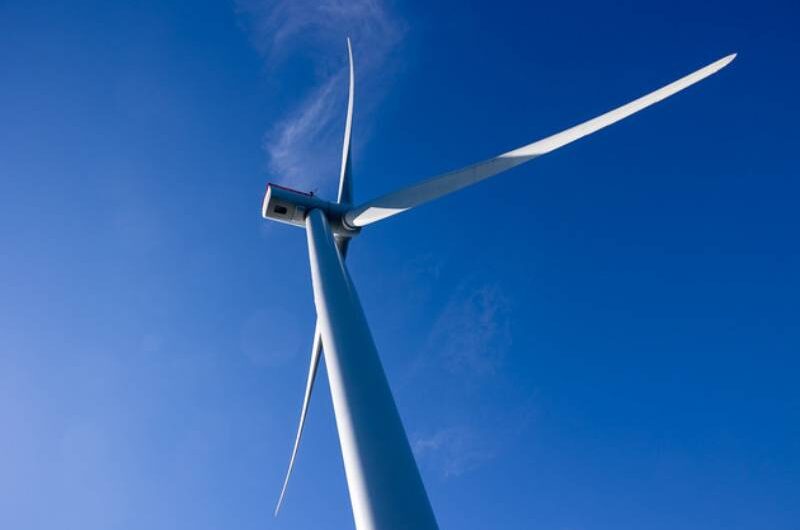The International Energy Agency (IEA) revised its oil demand growth forecast for 2024, citing harsher global economic conditions and advancements in energy efficiency. The IEA now predicts a demand increase of 880,000 barrels per day (bpd) in 2024, down from its earlier projection of 1 million bpd. This downward revision is attributed to broader economic concerns and a faster adoption of electric vehicles and energy efficiency measures.
However, the IEA raised its 2023 demand forecast to 2.3 million bpd, up from the previous estimate of 2.2 million bpd. The Paris-based agency, which provides advice to the United States and other industrialized countries, noted the impact of these adjustments.
OPEC and its allies, known as OPEC+, began limiting oil supplies in 2022 to support prices. In September, global benchmark Brent reached 10-month highs after Saudi Arabia and Russia extended their combined 1.3 million bpd cuts until the year’s end. The IEA suggested that if these additional cuts are reversed in January, the balance could shift towards surplus, aiding the replenishment of depleted oil inventories.
Despite Russia’s commitment to reduce crude exports until the end of 2023, the IEA estimated that Moscow’s total exports of crude oil and products increased by 460,000 bpd to 7.6 million bpd in September, with crude accounting for 250,000 bpd of the rise. This highlights the challenge faced by Western countries in curbing Russian exports and revenue amid the ongoing conflict with Ukraine.
The recent drop in oil prices was attributed to a gloomier economic outlook, heightening concerns about reduced demand growth, which overshadowed supply-related worries. However, oil prices saw an increase earlier this week following an attack by the Palestinian Islamist group Hamas on Israel, raising concerns about a potential broader conflict exacerbating the existing supply deficit. The IEA noted that while there has been no direct impact on supplies so far, it stands ready to act if necessary to ensure adequate oil supplies.
Looking ahead to 2024, higher interest rates in key Western economies, aimed at curbing inflation, and a stronger U.S. dollar are impacting demand in lower-income emerging markets like Nigeria, Pakistan, and Egypt. Nevertheless, major oil consumers such as China, India, and Brazil continue to experience solid demand growth, according to the IEA.
Disclaimer: The views, suggestions, and opinions expressed here are the sole responsibility of the experts. No EU Brief journalist was involved in the writing and production of this article.






